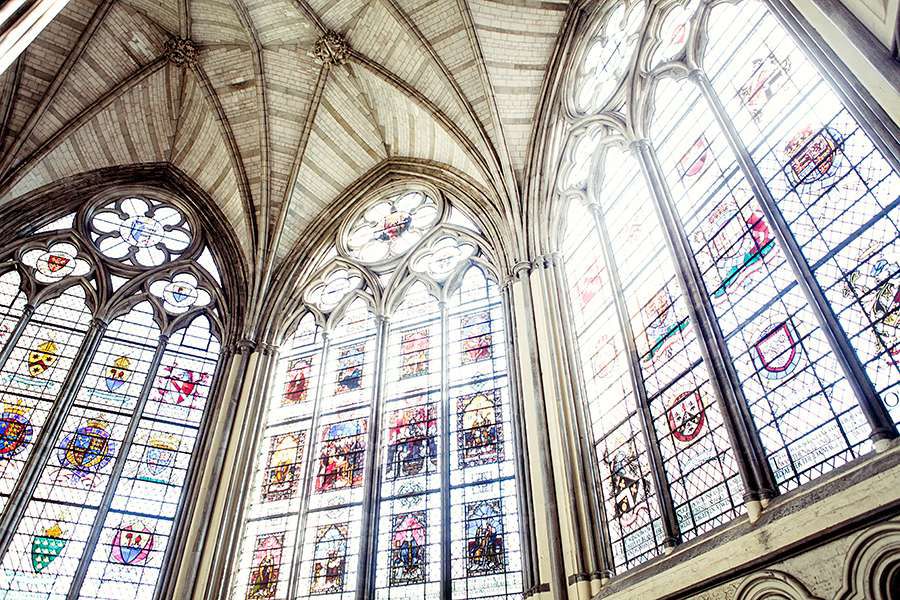Vatican City, Jan 29, 2017 / 04:02 pm (CNA/EWTN News).- Ugly churches with bad acoustics don't do justice to the richness and beauty of the liturgy — and it's this connection between art and faith that's vital for priests to understand today, a Vatican official insists.
A project to study the training of priests and other cultural workers in the Church in the aesthetics and history of art, especially as it contributes in the creation of religious art fitting for sacred spaces, has been launched by the Vatican's Pontifical Council for Culture.
Along with the Italian bishops' conference and with support from the Foundation for Arts and Artistic Culture, the project will examine the training leaders of a diocese, such as clergy, religion teachers, catechists and more, receive on the relationship between faith and art. It will also look at what specific training exists for artists in the Church, such as architects, painters, sculptors, and musicians, so that they are equipped to produce works “that fit in places of worship and are in service to the liturgy,” a press release stated.
This is important because it is not only possible to experience God through art, but beautiful art can be a path that leads us to contemplation, which is at the heart of the faith, the head of the Pontifical Council for Culture, Cardinal Gianfranco Ravasi said Jan. 19.
“Imagine a church that is built in a refined manner, that expresses a profound beauty,” he told CNA. “And to find inside this space the possibility of silence, and contemplation, that is, it is the eyes that see. Because faith is made, most of all, of contemplation.” “On the other hand, faith is also expression, expression of prayer, of meeting in community, of liturgy, singing, and so on,” he continued.
The role of beauty in the liturgy and in worship has to do with the physical senses, Cardinal Ravasi explained. “Thus it is necessary that a sacred space possess in its interior also the possibility to praise in a luminous way,” that the faithful can find it easy to listen “in the space.”
“This church that, for example, has bad acoustics, does not fulfill its mission because listening is as important as contemplation,” he said. The first part of the project is conducting research focused on the current educational practices in Italy. After the research is concluded, they will consider the results and determine the questions and issues they want to focus on, then begin the appropriate initiatives, he said. The research is primarily being conducted through an online survey.
The group's focus on education, Rivasi said, is because a proper training in art is the “function of the school.” It's also incredibly important to society, because ugly or featureless buildings do not cultivate an inner well-being, nor do they lead people to contemplation the way beauty can, he said. The Church has long held a belief in the important connection between art and faith, which Cardinal Rivasi said are “like sisters, because they both have as their main task to try not only to represent what can be seen, or the surface of things, but also to find the more profound sense.”
“One of the great artists of the last century, Paul Klee, said that art doesn't represent the visible, but the invisible in what is visible. So the invisible, faith, represents then something of paramount importance because it speaks of God, but both have this task of trying to look for what’s beyond the surface of things,” he said. “That's why art and faith must be sisters, even though in this past century they have parted ways and followed different paths.”

